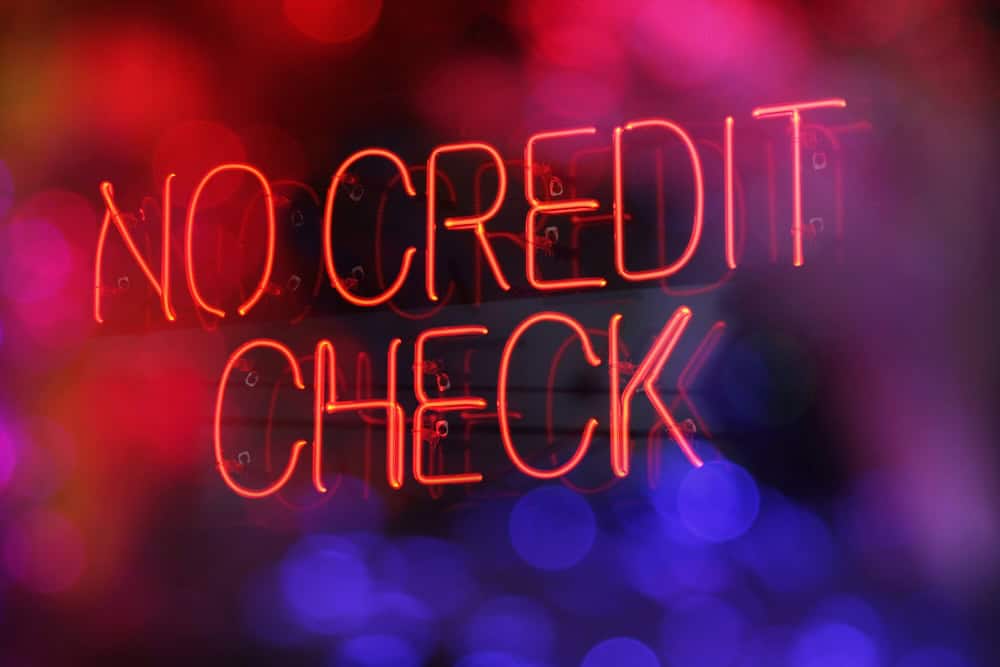Whether you went wild with holiday shopping or were hit with unexpected medical bills, it can seem scary to conquer the mountain of debt you’ve accumulated. You’re not alone, of course: Millions of Americans share your struggle. Fortunately, debt consolidation loans can help you can scale that mountain of debt.
These types of loans let you more easily manage your debt by placing what you owe — $12,000 on three credit cards, for instance — into one bucket. The idea is to reduce how much you’re spending to get rid of that $12,000 in debt, with the aim being to lower the overall monthly amount you’re putting toward that debt as well as the amount of interest you’re paying on that debt.
Keep in mind, however, that a debt consolidation loan won’t magically make your debt disappear. You’ve still got to pay it off. Furthermore, the loan won’t mysteriously fix any issues you have with overspending.
Whether it’s a five-year loan or a 15-year personal loan, be sure to check out how much you’ll end up spending over time. In some cases, debt consolidation loans can cost you more in the long run than paying off all the debts you owe to several lenders.
“Debt consolidation only makes sense when the monthly payment, interest and payback terms are better than your current debt payments,” according to the National Endowment for Financial Education.
All that being said, which type of debt consolidation loan is best for you?
Debt consolidation loans generally fall into one of three categories: personal loan, balance-transfer offer on a credit card or loan from a relative or friend. Which one of these options you pick depends on your own situation.
Here are three types of debt consolidation loans:
1. Personal loan – Secured, Unsecured, Bad Credit
A secured loan requires you to put up something you own, such as a car, as collateral; if you fail to keep up with your payments, the lender can seize your collateral.
With an unsecured loan, you don’t have to put your car or any other piece of property at risk of being taken by the lender. But because the loan is unsecured, you’ll need to have a solid credit score to qualify for it.
Personal loans are available from banks, credit unions, peer-to-peer lenders (such as SoFi and LendingClub) or for-profit lending companies.
Gerri Detweiler, education director at Nav, a startup that helps small businesses build and manage credit, says a personal loan can be a great way to consolidate debt.
“Most of these loans carry a fixed interest rate and fixed monthly payment so you know exactly when you will be out of debt,” Detweiler says.
As good as this debt-consolidation method sounds, though, you’ve got to be careful. There’s a big downside to a traditional debt consolidation loan.
Combining several debts into one loan can decrease the amount of money you’re paying each month to get rid of the consolidated debt, but it also can stretch out the amount of time you’re making payments and, therefore, raise the amount of money you’re paying to borrow the money.
The National Endowment for Financial Education offers this example:
A five-year loan for $20,000 at a 10% interest rate would have you paying about $425 a month and owing total interest of $5,496. Extending the length of the $20,000 loan to 15 years would cut the monthly payment to $215, but it would boost the total interest to $18,685. Translation: You’ll be paying about $15,000 in extra interest.
“In presenting debt consolidation as an option, much of the focus is placed on the ‘lower’ amount of monthly payments, without regard to impacts like total interest paid,” Ted Beck, president and CEO of National Endowment for Financial Education, says in a 2012 news release. “We encourage consumers to enter any financial decision with their eyes wide open.”
2. Balance-transfer offer
Many credit card companies send offers to customers promoting a 0% interest rate for an introductory period, such as 12 months, if you transfer a balance to their credit card from a different credit card.
This can be an attractive option for consolidating debts. However, you’ve usually got to have a solid credit score to qualify for a balance-transfer offer.
In addition, if you can’t pay off the transferred amount during the introductory period, then the credit card company will start charging the normal interest rate (which, of course, will be much higher than 0%).
Also, Detweiler cautions that almost all balance-transfer offers come with a transfer fee of 2% to 5%. That fee is applied right away to the amount of debt you’ve transferred. So, if you transfer $5,000 from one card to another and the transfer fee is 3%, you’ll be hit with a $150 fee.
3. Friends-and-family loan
Borrowing money from a friend or relative might be the easiest way to get a debt consolidation loan. But it also might be the trickiest.
In many cases, a friend or relative will charge a lower interest rate than a bank or credit card would, and a friend or relative might be less strict about how long you have to repay the money.
Unfortunately, if you’re consistently late with your agreed-upon payments or you fail to repay the entire amount, you could destroy your relationship with the friend or relative who lent you the money. For that reason, you should think twice about getting a debt consolidation loan from someone who’s close to you.
If you do decide to borrow money from a friend or relative, be sure to put your loan agreement in writing, just as you would with a bank. The written agreement — to be signed by both the borrower and the lender — should spell out how much money is being borrowed, how often payments are to be made, what the deadline is for paying off the loan, what the interest rate is (if any) and what the penalty is for making a late payment.



